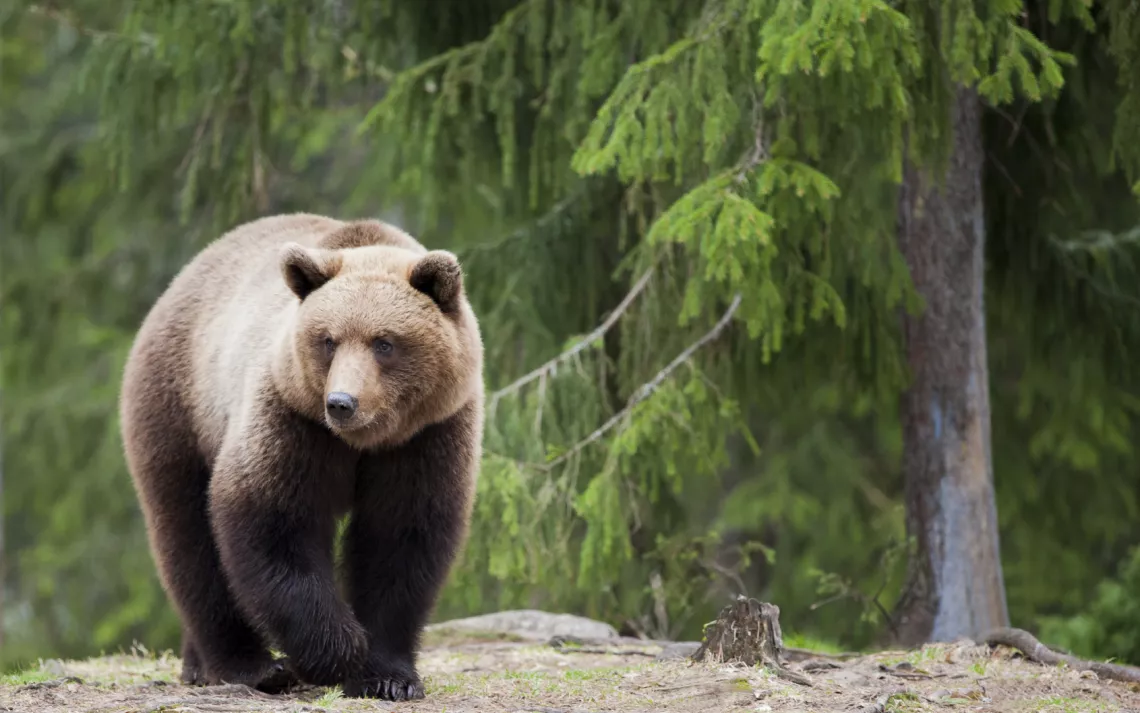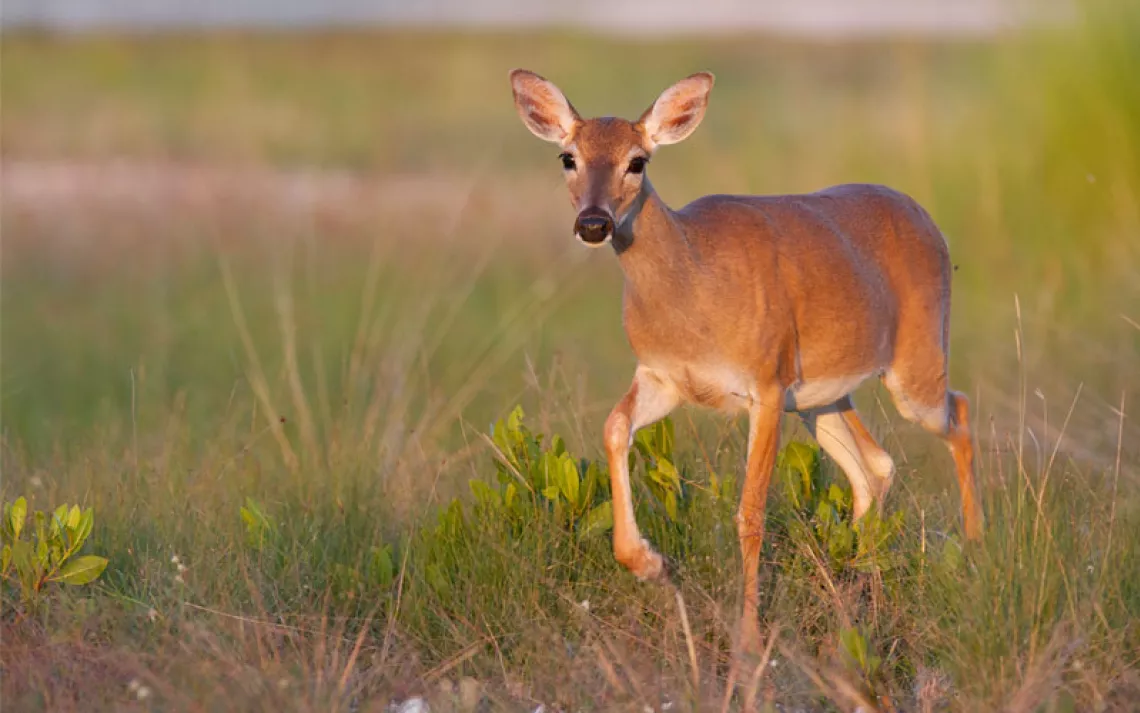Grizzly’s Roaring Come Back?
If conservationists are detained for grizzly bear smuggling, don’t ask why.

Photo by iStock/RobinEriksson
It’s the 600 pound, 7-foot tall grizzly in the room. Washington State officials can’t import bears into the state—a 1997 statue prohibits it. Seems like a reasonable law, until you consider that Washington has been trying to revitalize its dwindling grizzly population for more than 20 years.
Up to 100,000 bears once roamed the states, but after centuries of hunting, only about 1,200 remain in isolated patches across the West, inhabiting less than 4 percent of their original territory. The remote 2.6 million acre North Cascades National Park is home to just a few bears and is the last suitable, contiguous habitat in the lower 48 large enough to support restoration of the iconic animal.
More than a cultural icon, grizzlies impact everything from predator-prey relationships to soil quality. In August 2014 Washington State began an environmental impact statement (EIS) for grizzly bear restoration in the North Cascades. The EIS will consider multiple action plans to bolster the population: shipping in Canadian bears, revitalizing habitat, or simply letting nature take its course.
For Joe Scott of Conservation Northwest, natural restoration is a joke—the population hasn’t grown in more than 50 years. Half of all cubs die before maturation, so a bear may not even replace itself within its lifetime. The 5 to 20 bears left in the North Cascades are not going to make a comeback on their own. “Take heavy hunting and add the fact that there are no healthy populations adjacent and you have a recipe for natural extinction,” Scott said.
He sees augmentation as the only option. Though importing bears by the crate-load seems absurd, it is their last hope—and it is currently illegal. The anti-conservation law has been the bane of Scott’s existence since its conception, but it is not the end of the line. Agencies could work with the state to amend, repeal or redact the law, said Eric Gardner, Wildlife Diversity Division manager for the Washington Department of Fish and Wildlife. Technically, the North Cascades is federal land. Federal action to introduce bears would have supremacy over state laws, especially in the name of protecting a federally endangered species.
Conservationists will have to hold their breath until 2017 when the EIS is complete. However, even then the results could be disappointing. “Sometimes [EIS's] lead to action,” Gardner said, “sometimes they kind of fall flat.”
Follow Sierra on Facebook, Twitter, Pinterest, Instagram, and YouTube.
 The Magazine of The Sierra Club
The Magazine of The Sierra Club



